How to Register for the Robocall Mitigation Database: A step-by-step guide!
Technology enables a lot of amazing things. A sad reality is that these amazing things are possible on the bad end of the spectrum as well. Illegal robocalls have been a menace to society leading to big losses for individuals.
The Robocall Mitigation Database was introduced as one of the initiatives to tackle this problem under the TRACED Act. However, the majority of the carriers are unaware of how to go about it and get registered for the RMD.
Well, I'm about to address that problem with this guide right here. Here in this guide is everything you need to know to prepare for and obtain a Robocall Mitigation Database registration.
So if you’re a carrier or VoIP service provider looking to protect your customers and their customers from scam robocalls, here’s where you get started.
Follow my lead!
What is Robocall Mitigation Database and Why is it Needed?
The RMD is a database that was created by the Federal Communications Commission (FCC) to combat the growing problem of illegal and unwanted robocalls.
As you all know, robocalls have become a major issue in recent years, with consumers receiving billions of these calls every month. This not only causes frustration and annoyance for consumers, but can also be used for fraudulent and criminal purposes.\
The RMD aims to address this problem by requiring voice service providers to register and comply with certain requirements.
This includes using Secure Telephone Identity Revisited (STIR)/Secure Handling of Asserted information using toKENs (SHAKEN) technology to authenticate calls and prevent spoofing, which is a common tactic used by robocallers.
So, what's in it for you as new carriers and VoIP providers? By complying with the RMD requirements, you help to protect consumers from unwanted and illegal robocalls.
Additionally, you also safeguard your business from the risks associated with non-compliance. The penalties for non-compliance can be severe, and can have a significant impact on your financial and operational health.
Compliance with the RMD can also help to build trust with your customers. As of present, customers are increasingly concerned about robocalls and are looking for providers that take the issue seriously.
By demonstrating your commitment to combating robocalls, you can differentiate yourself in a crowded marketplace and attract more customers.
We actively encourage new carriers and VoIP operators to familiarize themselves with the RMD requirements and take the necessary steps to comply.
With the basics out of the way, let’s take a look at everything you will need to get registered with the Robocall Mitigation Database.
What are the Prerequisites for Registering for RMD?
Before you rush to get yourself registered in the RMD, please read this. We don't want you to show up at FCC’s without the required things.
Here is a list of all the prerequisites for registering for RMD:
1. Create a CORES Account
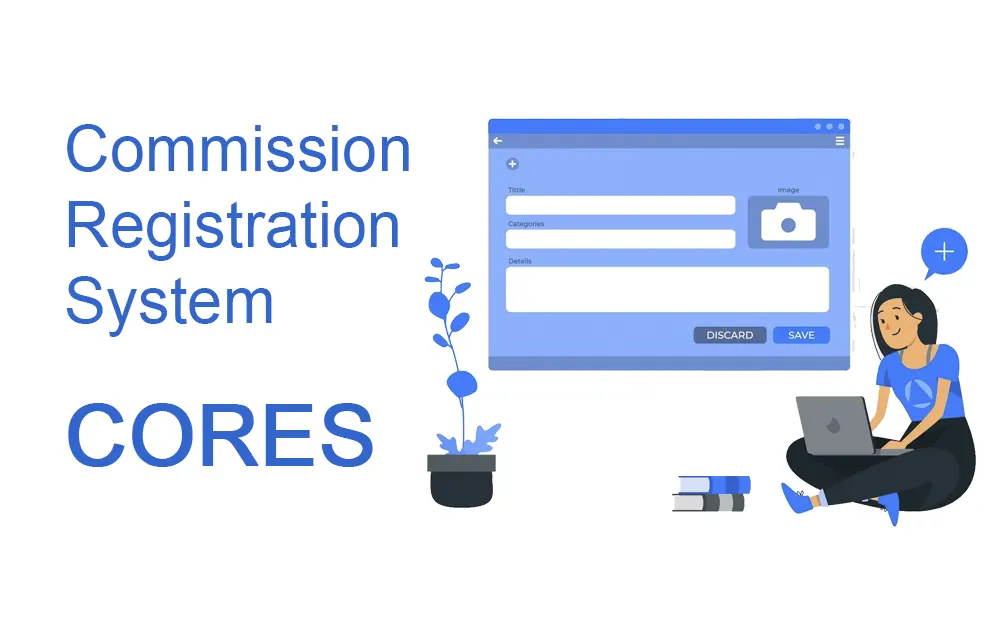
The FCC's Commission Registration System (CORES) is used to manage your FRN and to apply for various FCC authorizations, certifications and registrations.
To apply for an RMD registration, you are required to create an account with CORES by following all the steps and providing all the necessary information.
2. Obtain an FCC Registration Number (FRN)
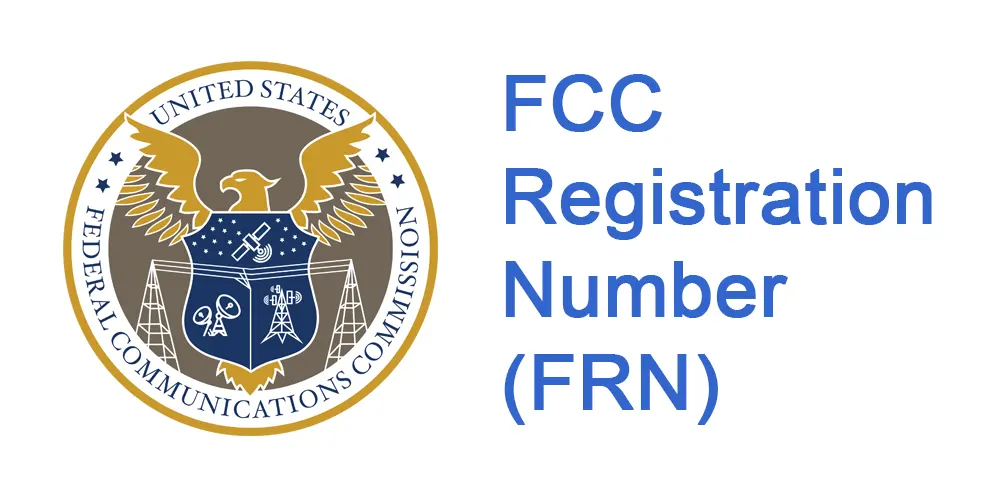
An FCC Registration Number is a primary prerequisite for any interaction/registration you may want to avail from the FCC.
The FRN is a number used to uniquely identify your company in the FCC's databases. The same FRN is used by FCC to keep a track of all your activities and compliances for various initiatives such as RMD, STIR/SHAKEN, etc.
3. Authenticate Your Identity
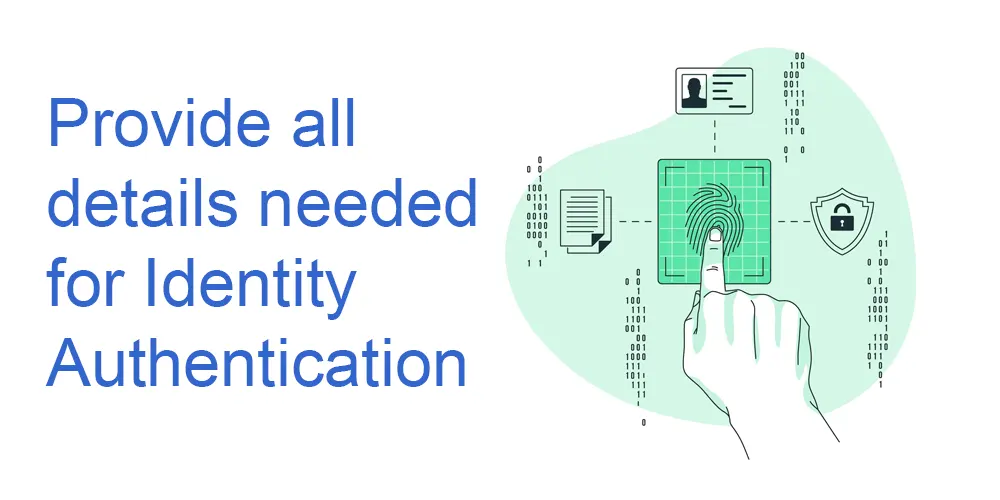
It is detrimental to ensure that only authorized personnel have access to the RMD and thus, anyone wishing to register for RMD must have their identity verified.
In case you’re registering your business, you would require legal proof stating you’re the authorized person for that particular business.
Your identity can be verified using a government-issued ID, such as a driver's license or passport.
4. Comply with STIR/SHAKEN
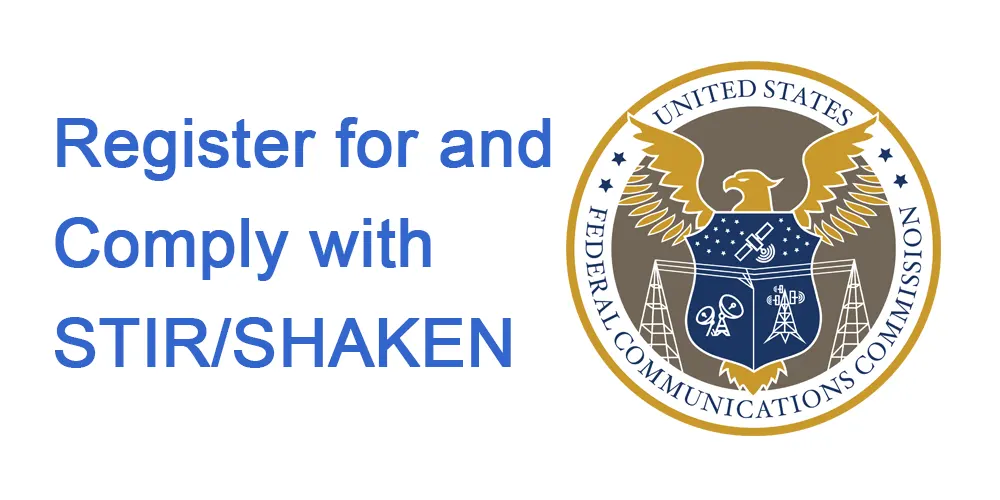
RMD is not a standalone solution to combat illegal robocalls. It works in combination with STIR/SHAKEN to ensure the FCC’s goal of eliminating illegal robocalls is met.
Thus, as a part of the RMD requirements, voice service providers must implement STIR/SHAKEN technology to authenticate calls and prevent spoofing.
Compliance with this requirement is mandatory and failure to comply can result in penalties. You can check out our STIR/SHAKEN blog to learn more about it!
5. Pay the Registration Fee

There is a one-time registration fee to register for the RMD, which is currently set at $1,000. This fee must be paid before your registration can be processed.
Please note that to stay included in the RMD, an operator is also required to pay an annual fee besides the one-time registration fee.
Before we jump to the section that covers the registration process, let’s understand a few important points in the prerequisites.
What is CORES?

The FCC CORES stands for Federal Communications Commission (FCC) Commission Registration System. It is an online system used to manage and process the registration of entities and individuals who interact with the FCC.
CORES is used to register for an FCC Registration Number (FRN). The FRN is required for various transactions with the FCC, such as filing applications, paying fees, and managing licenses.
To register for an FRN using CORES, you will need to create an account and provide personal and business information viz. your name, contact information, and tax identification number.
You may also need to provide additional documentation, depending on the type of registration you're applying for.
CORES also allows you to manage and update your registration information, renew your registration, and request a password reset if needed. The system is available 24/7, allowing users to access their registration information at any time.
Now that you know what CORES is and what it does, we can learn about the process to get registered for the RMD.
How to Register for Robocall Mitigation Database?
We’ve covered all the basics and requirements you need to take care of before registering for the RMD. Let us now understand the complete RMD registration process.
1. Create an account on the Robocall Mitigation Database
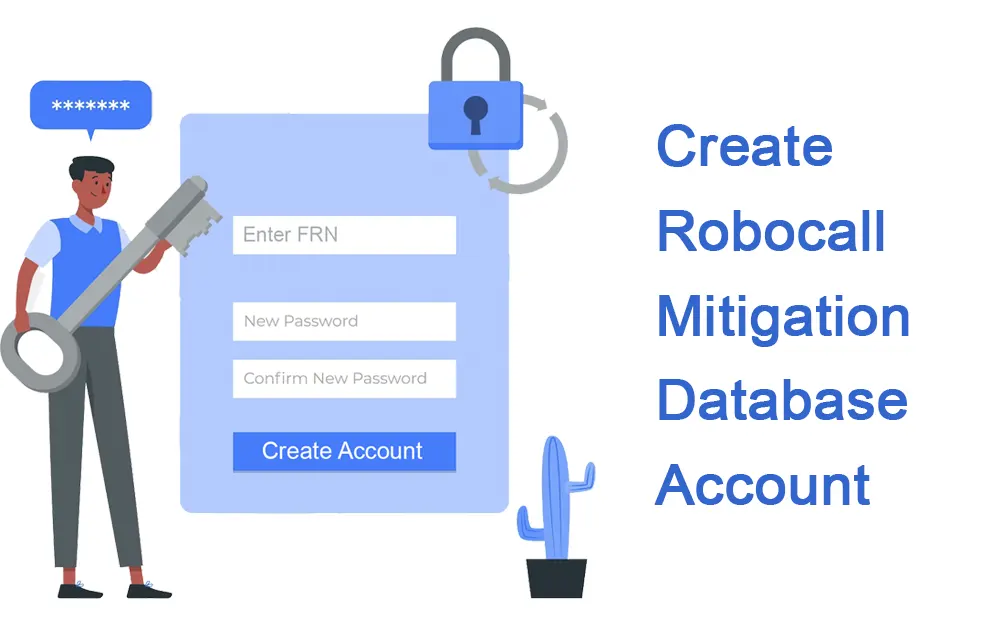
Once you have an FRN, you can create an account on the Robocall Mitigation Database. To create an account, go to the FCC's Robocall Mitigation Database website and click on the "Create an Account" button.
You will need to provide your FRN and some additional information, such as your company's name and contact information.
2. Submit a certification
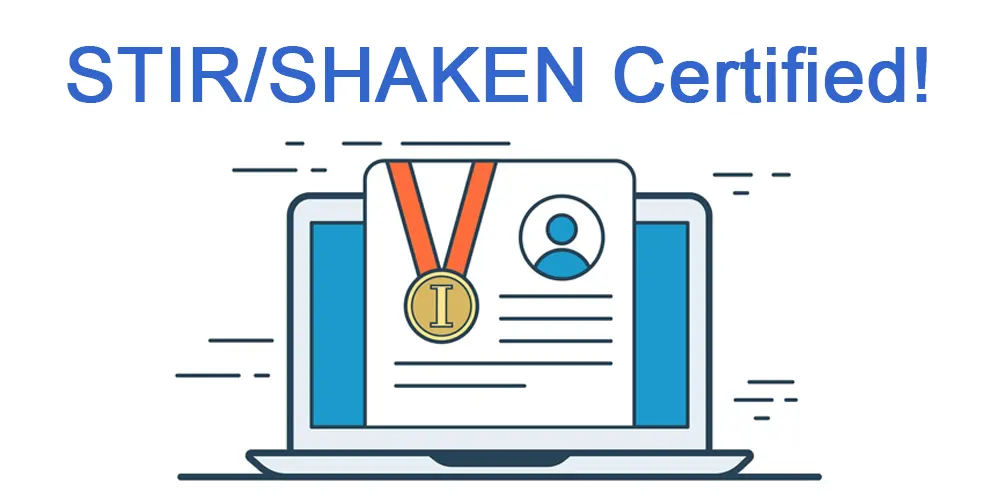
Once you have created an account on the Robocall Mitigation Database, you will need to submit the STIR/SHAKEN certification.
This attests that your company is in compliance with the FCC's rules regarding robocall mitigation, including the implementation of the STIR/SHAKEN call authentication framework.
You will need to provide some additional information, such as the name and contact information of the person certifying on behalf of your company.
3. Pay the fee
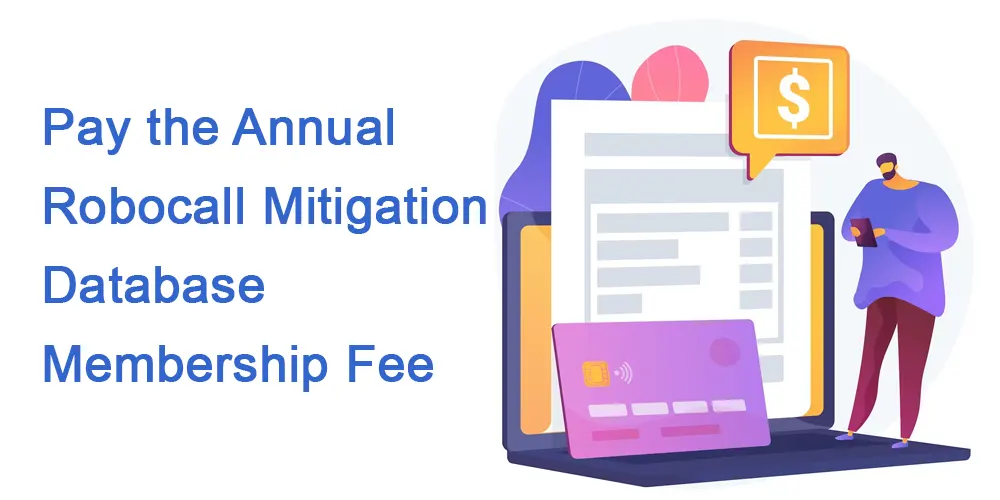
Besides the initial $1000 registration fee, a carrier or voice service provider also has to pay an additional fee annually to be able to use the RMD.
The fee is based on the provider's North American Numbering Plan (NANP) revenue, which is the revenue earned by the provider from providing telecommunications services in the U.S., Canada, and certain Caribbean countries.
The annual fee is calculated based on the following schedule:
- Providers with NANP revenue of $5 million or less: $6,000 per year
- Providers with NANP revenue of more than $5 million and less than $25 million: $15,000 per year
- Providers with NANP revenue of $25 million or more: $30,000 per year
The fees are payable on an annual basis and are due by the end of the calendar year. Failure to pay the annual fee can result in removal from the RMD.
It's important to note that the fee structure for RMD registration may change over time, so it's important to check the FCC's website for the most up-to-date information.
4. Receive Confirmation
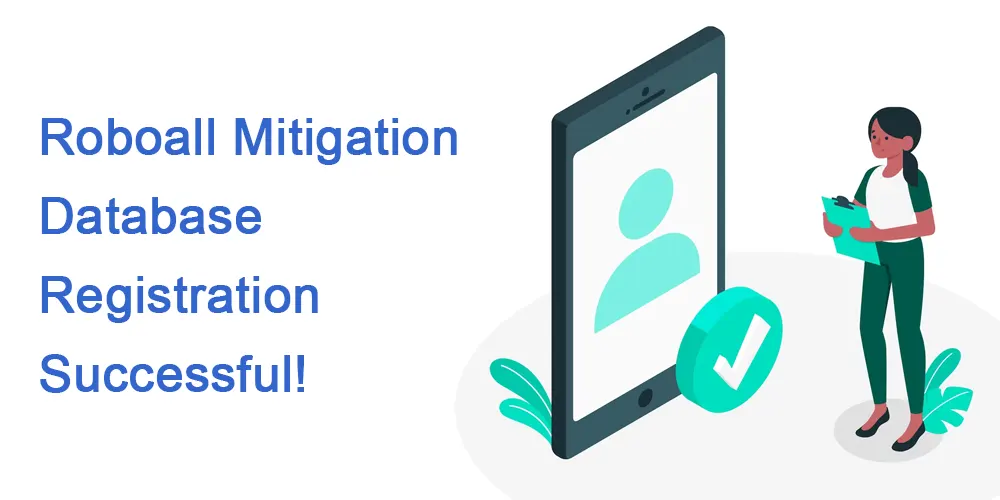
Once all the steps mentioned above have been completed, you will get a confirmation from the FCC that your registration has been processed.
Subsequently, you will receive a username and password that can be used to access the RMD
After you have completed the certification and paid the fee, you will receive a confirmation from the FCC that your registration has been processed.
You will also receive a username and password that you can use to access the Robocall Mitigation Database.
5. Use the Robocall Mitigation Database
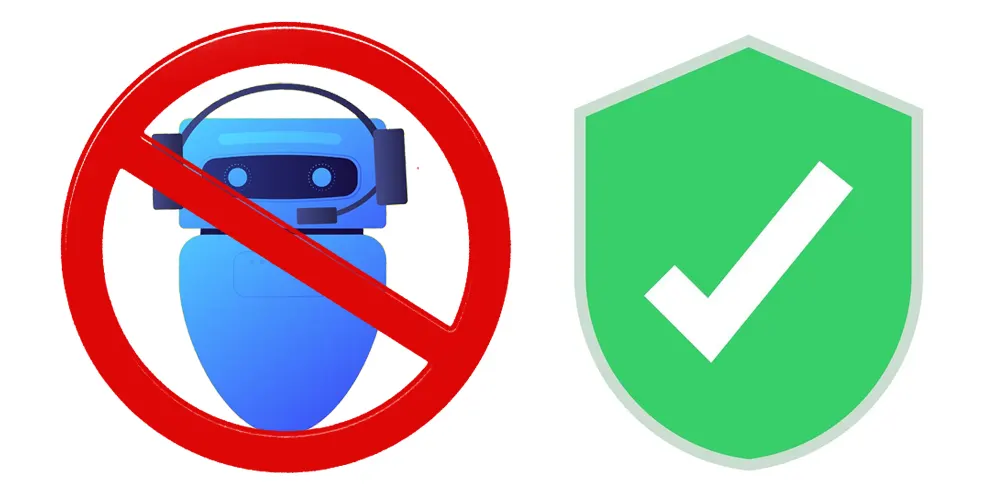
Once you have registered, you will need to use the Robocall Mitigation Database to provide information about the calls that your company originates.
This information will be used by other carriers and service providers to authenticate and verify calls, and to block or label calls that are suspected to be illegal robocalls.
If you need more assistance with the registration process, the FCC has published video guides for different registrations. You can check these out and get registered for RMD quickly.
By now we have covered all the important steps in the RMD registration process. We’ve also covered all benefits a carrier or VoIP provider can expect after registering for RMD.
But did you know that the FCC can expel you from the RMD database? They can and let's find out why they may expel you from the RMD.
Reasons Why FCC May Expel You From RMD
Misuse of frameworks and technologies meant to prevent other frauds and abuses is a common practice. The FCC has laid out rules to ensure the RMD is not misused for any purpose.
The reasons why the FCC may expel you from the RMD are as follows:
1. Failure to Pay the Annual Fee
In what is a classic example of governments charging you for anything and everything, all voice service providers must pay an annual fee to access the RMD. Yes, RMD safeguards American Citizens but someone has to pay for the associated costs, right?
So if you already haven’t guessed, failure to pay the annual fee can result in removal from the database.
2. Failure to comply with RMD requirements
There are several requirements that a voice service provider needs to fulfil to comply with RMD regulations. This includes submitting accurate and complete information and updating their information as necessary.
Failure to comply with these requirements can also result in removal from the database.
3. Misuse of RMD information
No matter what the technology is, people find a way to misuse it and earn profits. Now, RMD would have a lot of phone numbers of individuals, businesses and institutions. Moreover, additional information such as names and addresses are also available.
So a bad actor may extract and sell this data to other bad actors. Thus, FCC has made the use of RMD for any other purpose than its stated one a punishable offense.
Any misuse, including sharing information in the RMD with third parties and using it for marketing purposes can result in your expulsion from the RMD.
4. Failure to Use Robocall Mitigation Techniques
In today’s episode of “Wasn’t this so obvious?” We have an overly obvious reason why the FCC may expel you from the Robocall Mitigation Database.
Providers must certify that they are using robocall mitigation techniques, such as call authentication, call blocking, and call labeling. Failure to use these techniques can result in removal from the database.
5. Failure to respond to RMD inquiries
Sometimes, your calls may reach a call recipient who is annoyed because of answering too many calls. Chances are they might just report a legal robocall at a whim. In such circumstances and other relevant and similar ones, the FCC investigates.
Providers may be required to respond to inquiries from the FCC or the RMD administrator regarding their RMD registrations and call details. Failure to respond to these inquiries can result in removal from the database.
Now you know what you need to do and what you need to avoid to maintain a place in RMD. But what happens if you end up being expelled at some point? Let’s find out!
Consequences of Being Expelled from the Robocall Mitigation Database
Anyone with a good business understanding can tell you that it’s not going to be good for you. For those who want to dive into the details of it, here are the consequences of being expelled from the Robocall Mitigation Database:
1. Reduced Call Completion Rates
The FCC doesn’t want anyone who is not on the RMD to be placing and processing calls. If a carrier or VoIP operator is excluded from the database, it could lead to their calls being flagged as a scam or blocked by other voice service providers.
This could result in a reduced call completion rate for the excluded company. Thus, the affected company’s customers will not be able to reach the people they’re dialing.
2. Loss of Reputation and Customer Trust

As a carrier and VoIP provider, you already know how your customers want a provider who complies with all necessary rules and regulations.
Moreover, your customer’s customer is already concerned about the evil of robocall scams. Thus, even they’re seeking providers who can safeguard them.
So when you end up being expelled from the RMD, you won't be able to protect your customer’s customer. It's a known fact that the absence of safety erodes customer trust and without customer trust, your brand loses a lot of reputation and goodwill.
3. Regulatory Action
If losing customers, profits, reputation and customer trust weren't enough, you also have to worry about the FCC gunning for you.
The FCC has the authority to take regulatory action against carriers and VoIP operators who are not complying with the requirements of the Robocall Mitigation Database.
This could include fines, penalties, or even the revocation of the company's license to operate. So long story short, you can lose your VoIP business by risking getting expelled from the Robocall Mitigation Database.
I suppose we’ve covered everything important in this guide. So let’s wrap this up!
Happy Endings
Everything will be happy for you, your customers and their customers once you register for the Robocall Mitigation Database.
Start by creating a CORES account, obtain an FRN, comply with STIR/SHAKEN, pay lots of fees and a quick process later you will have gained a spot in the RMD.
Be careful with your conduct though as a few actions can get you expelled from the RMD. The consequences of this are not healthy for the future of your VoIP business.
Protecting your customers is how you secure your future!
























































































































